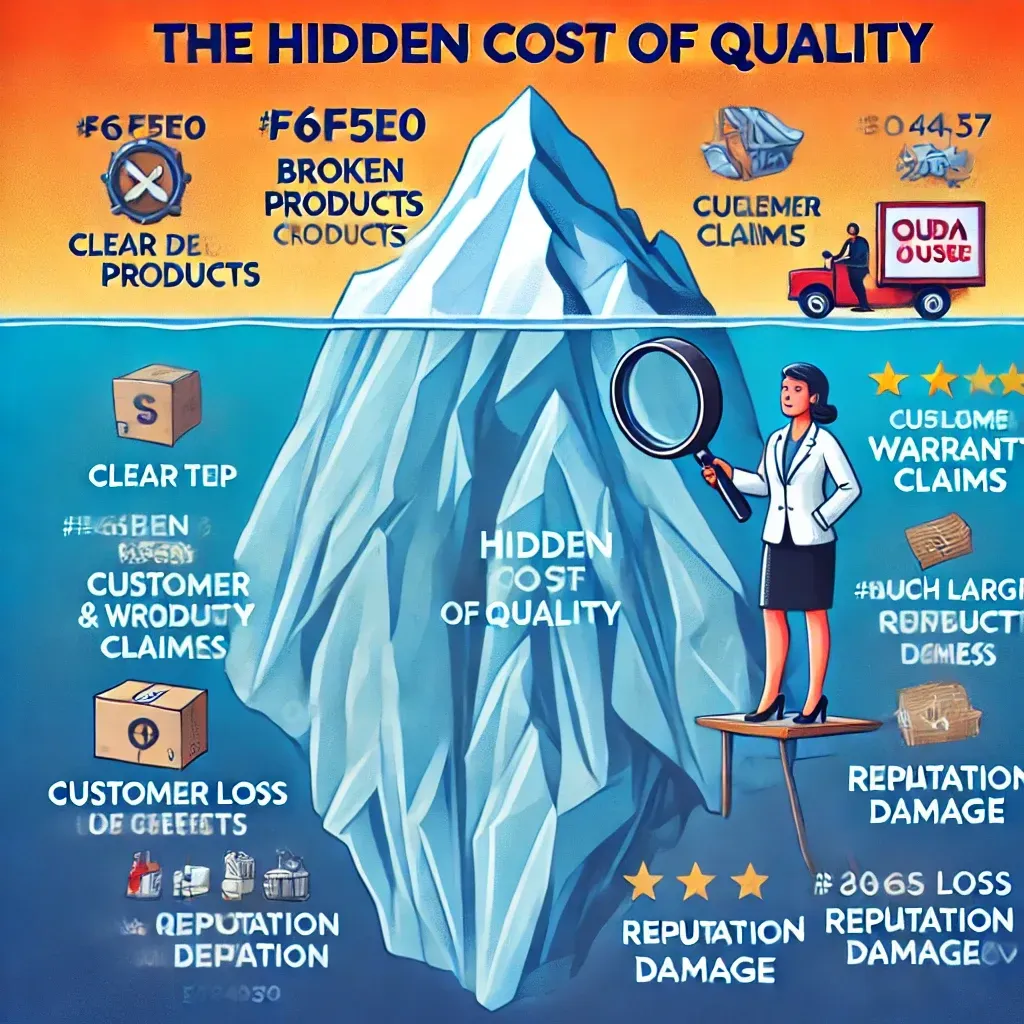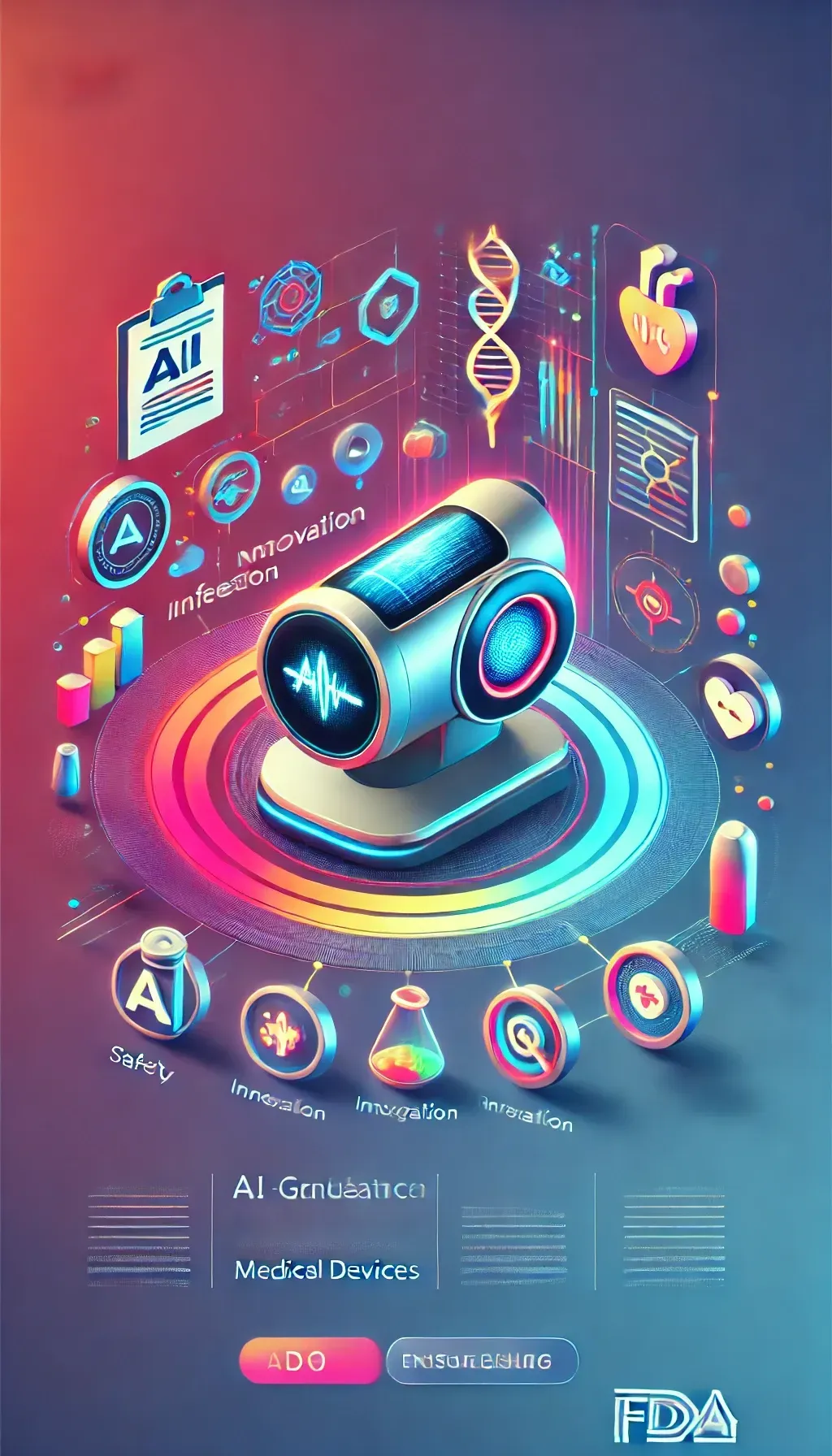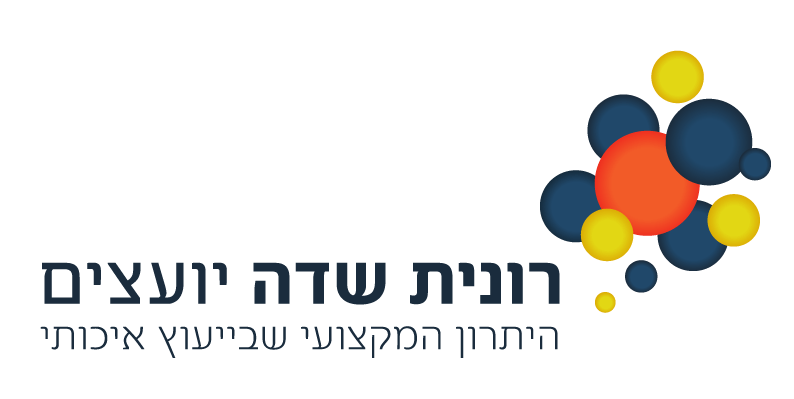Unlocking the Essentials of Internal Audit: Navigating Risk, Compliance, and Technology in Modern Organizations
Introduction to Internal Audit
Definition and Purpose The internal audit is a cornerstone of good governance in any organization. It provides an independent, objective assessment of the effectiveness of risk management, control, and governance processes. Internal audits help organizations accomplish their objectives by systematically evaluating and improving the effectiveness of risk management, control, and governance processes. Evolution of Internal Auditing Over the years, internal auditing has evolved significantly. From a primarily financial focus, it has expanded to include operational, compliance, and strategic aspects. This evolution reflects the growing complexity of the business environment and the need for more comprehensive risk management practices. Key Components of Internal Auditing Risk Assessment Identifying Risks Effective internal auditing begins with a thorough risk assessment. This involves identifying potential risks that could impact the organization's ability to achieve its objectives.
Risk Mitigation Strategies After identifying risks, internal auditors develop strategies to mitigate them. These strategies include implementing controls and developing policies and procedures to manage risk.
Audit Planning Setting Objectives The planning phase of an internal audit involves setting clear objectives based on the risk assessment. This helps in focusing the audit on areas of highest risk and significance.
Resource Allocation Auditors must also consider the allocation of resources, including time, personnel, and technology, to effectively conduct the audit.
Execution of Audits Data Collection and Analysis Collecting and analyzing data is central to the execution of an internal audit. Auditors use various techniques to gather accurate and relevant data.
Interviewing and Observation Techniques Besides data analysis, auditors often conduct interviews and observe processes to gain a deeper understanding of the organization's operations and controls. Standards and Compliance in Internal Auditing Regulatory Frameworks Internal audits must adhere to various regulatory frameworks, which differ across industries and regions. Familiarity with these frameworks is essential for compliance.
Ethical Standards and Professionalism Upholding ethical standards and maintaining professionalism are fundamental to the credibility and effectiveness of internal audits.
Technology in Internal Auditing Role of Technology and Software Technology plays a crucial role in modern internal auditing. Software tools enable more efficient data analysis, reporting, and tracking of audit findings.
Data Analytics and Automation Advanced data analytics and automation are increasingly being used in internal audits to enhance efficiency and accuracy.
Challenges in Internal Auditing Navigating Complex Regulations One of the major challenges for internal auditors is keeping pace with the ever-changing regulatory landscape. Managing Stakeholder Expectations Internal auditors must also manage the expectations of various stakeholders, including management, the board, and external regulators.
- Best Practices in Internal Auditing Continuous Learning and Adaptation Staying informed about emerging trends and adapting audit practices accordingly is essential for the effectiveness of internal audits. Effective Communication Clear and effective communication with stakeholders is key to ensuring that audit findings are understood and acted upon. Building a Culture of Compliance Encouraging a culture of compliance within the organization helps in the long-term success of internal auditing efforts. The Future of Internal Auditing Emerging Trends The future of internal auditing is shaped by trends such as increased focus on cybersecurity, sustainability, and corporate social responsibility. The Role of AI and Machine Learning Artificial intelligence and machine learning are set to transform internal auditing by enhancing analytical capabilities and predictive insights. Conclusion: The Significance of Internal Audit Recap of Key Points Internal auditing is integral to the governance and risk management of any organization. Its evolution, challenges, and adoption of technology underscore its vital role. Final Thoughts As organizations navigate increasingly complex environments, the role of internal audit becomes more critical in ensuring transparency, compliance, and operational efficiency. Frequently Asked Questions (FAQs) What is the main purpose of an internal audit? The main purpose is to evaluate and improve the effectiveness of governance, risk management, and control processes. How has internal auditing evolved over time? Internal auditing has expanded from a financial focus to include operational, compliance, and strategic aspects. What role does technology play in internal auditing? Technology, especially data analytics and automation, plays a significant role in enhancing the efficiency and accuracy of internal audits. What are some of the challenges faced by internal auditors? Challenges include navigating complex regulations and managing stakeholder expectations. What future trends are shaping internal auditing? Emerging trends include a focus on cybersecurity, sustainability, AI, and machine learning.








Contact Us
תודה רבה, הטופס נשלח בהצלחה
אירעה שגיאה בהזנת הפרטים, אנא נסו שנית
פרטי התקשרות
רחוב - הכלנית 26, כפר סבא
טלפון - 054-2277887
פקס - 09-7770139
מייל - ronit@ronitsadeh.com

האתר נבנה ועוצב ע"י חברת קודנט בניית אתרים לעסקים | קידום אורגני


